At one of the repeater sites there is a remotely addressable power control system. Right now we’re running on emergency generators after a fire took out the power distribution system to the mountain. I thought it might be useful to have a remote display that would reflect the site status. Towards that end, I wired a 20 x 4 display with an I2C “backpack” interface to a Raspberry Pi Model A single board computer that I had lying around. I wrote a script to pull the XML data from the remote power controller and parse out the temperature and voltage values. The results are displayed on the 20×4 display and updated every few minutes.
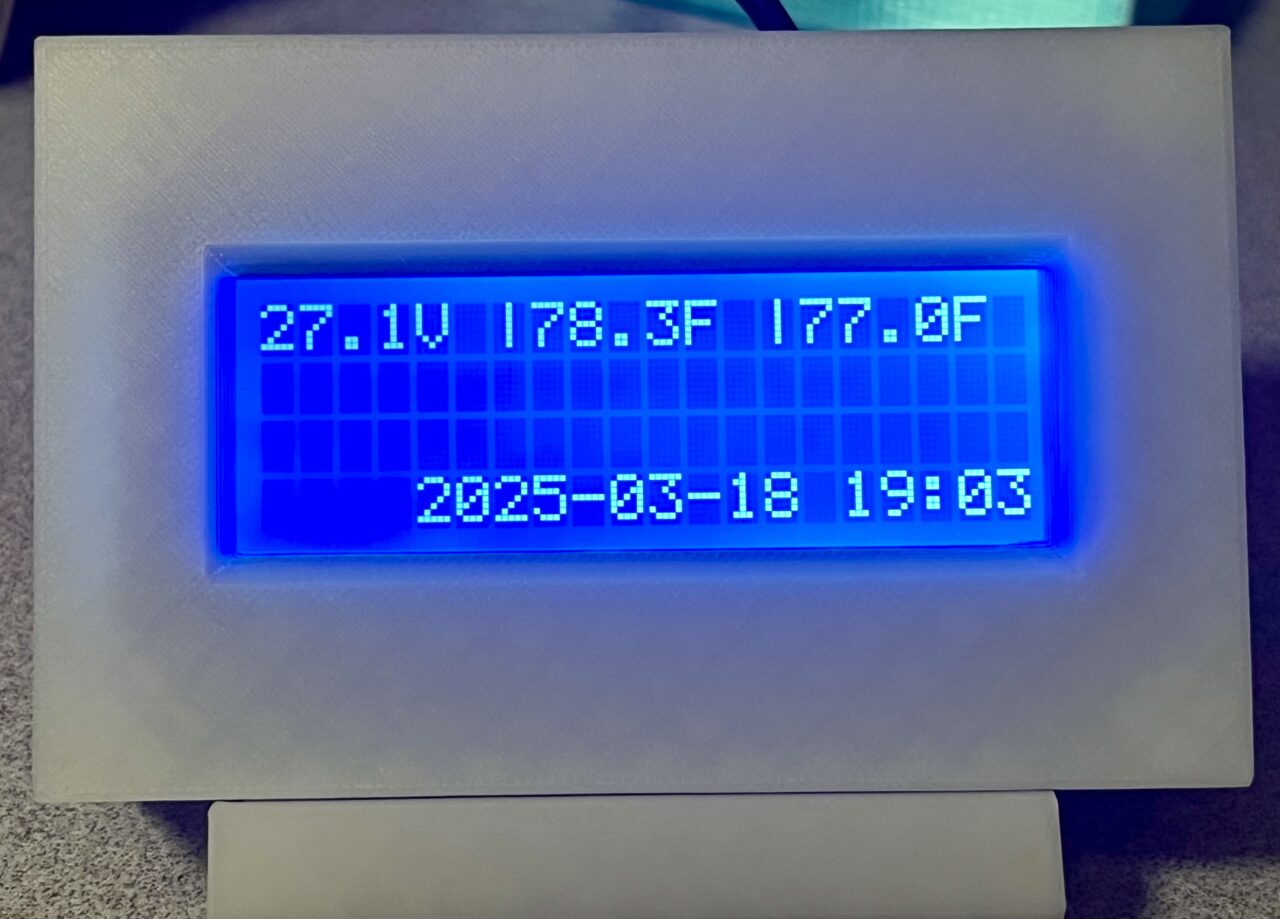
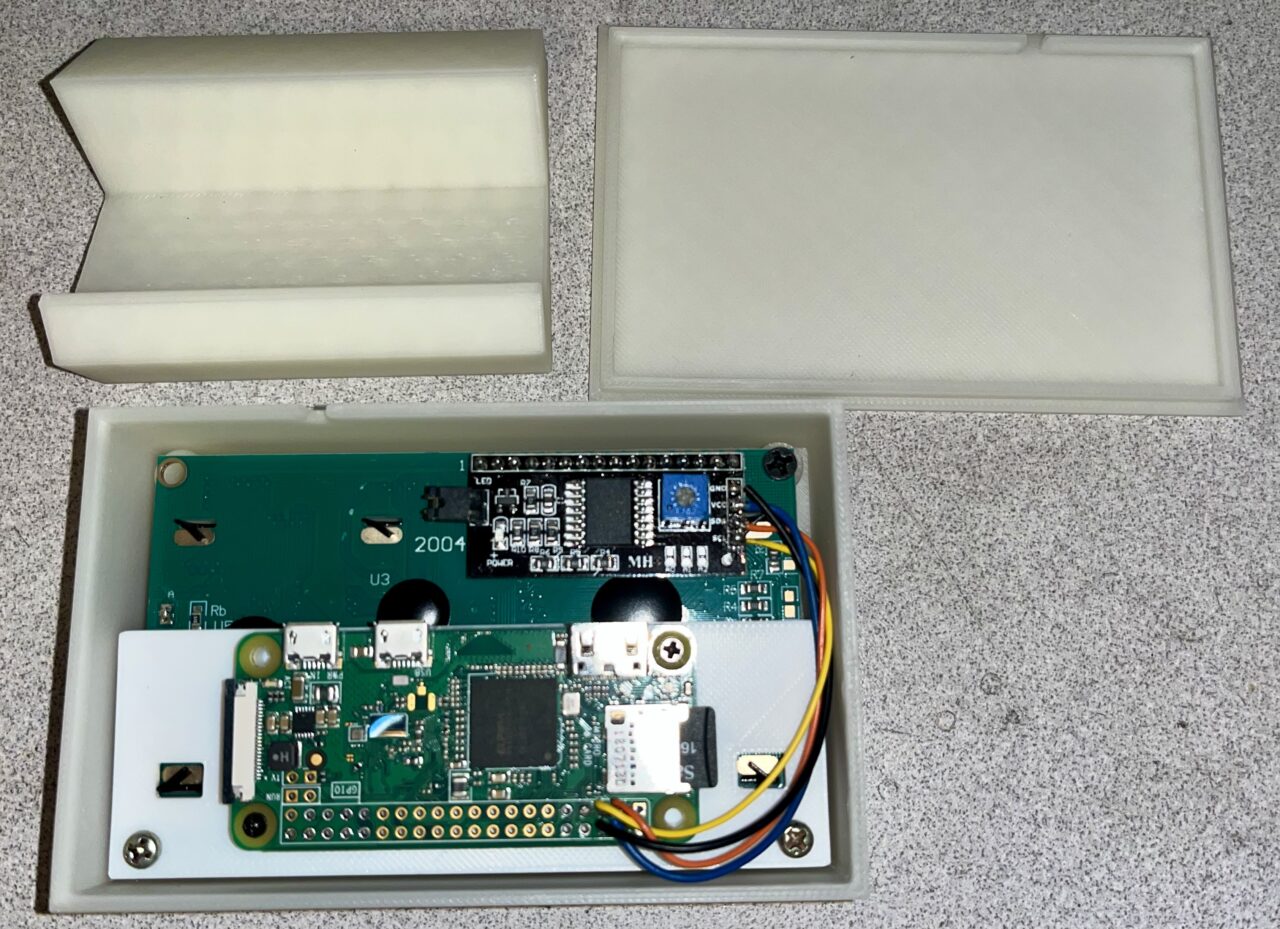
I already had a case design for the 20 character x 4 line display that I used in another project. The larger Raspberry Pi Model A board was replaced with a smaller Raspberry Pi Zero W. To made a nice, tidy package, I designed a mounting bracket that would bolt on top of the 20×4 display to provide standoffs for the Pi Zero W board. I had to leave openings for the LCD display mounting tabs.
I didn’t need access to the Raspberry Pi Zero W’s connectors, but needed to provide a way to power the device. I ended up designing a small opening in the top of the case and lid that lined up with the power connector on the Pi Zero. The dimensions of the finished computer & display are 4 1/4″W x 2 3/4″H. I designed a little stand to angle the display for easier viewing.
I was curious if I could make the whole thing even smaller so I got out my breadboard and a Raspberry Pi Pico W microcontroller board along with an SSD1306 OLED display.
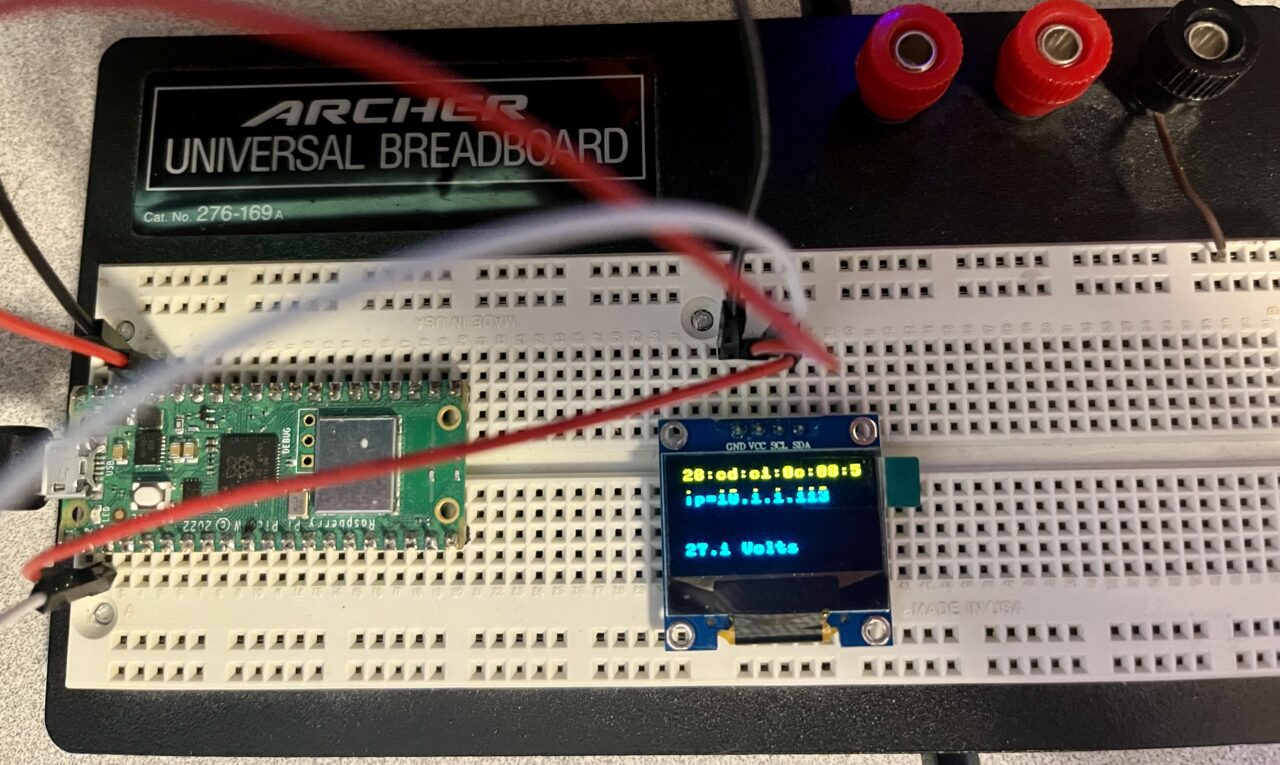
I flashed the PicoW with the Micropython interpreter and wrote a script to fetch the XML data from the remote site and parse out the Temperature and Voltage readings.
I designed a new 1 1/2″ x 2 1/4″ 3D printed enclosure for the PicoW and OLED display. Note: It’s hard to photograph displays due how displays refresh.
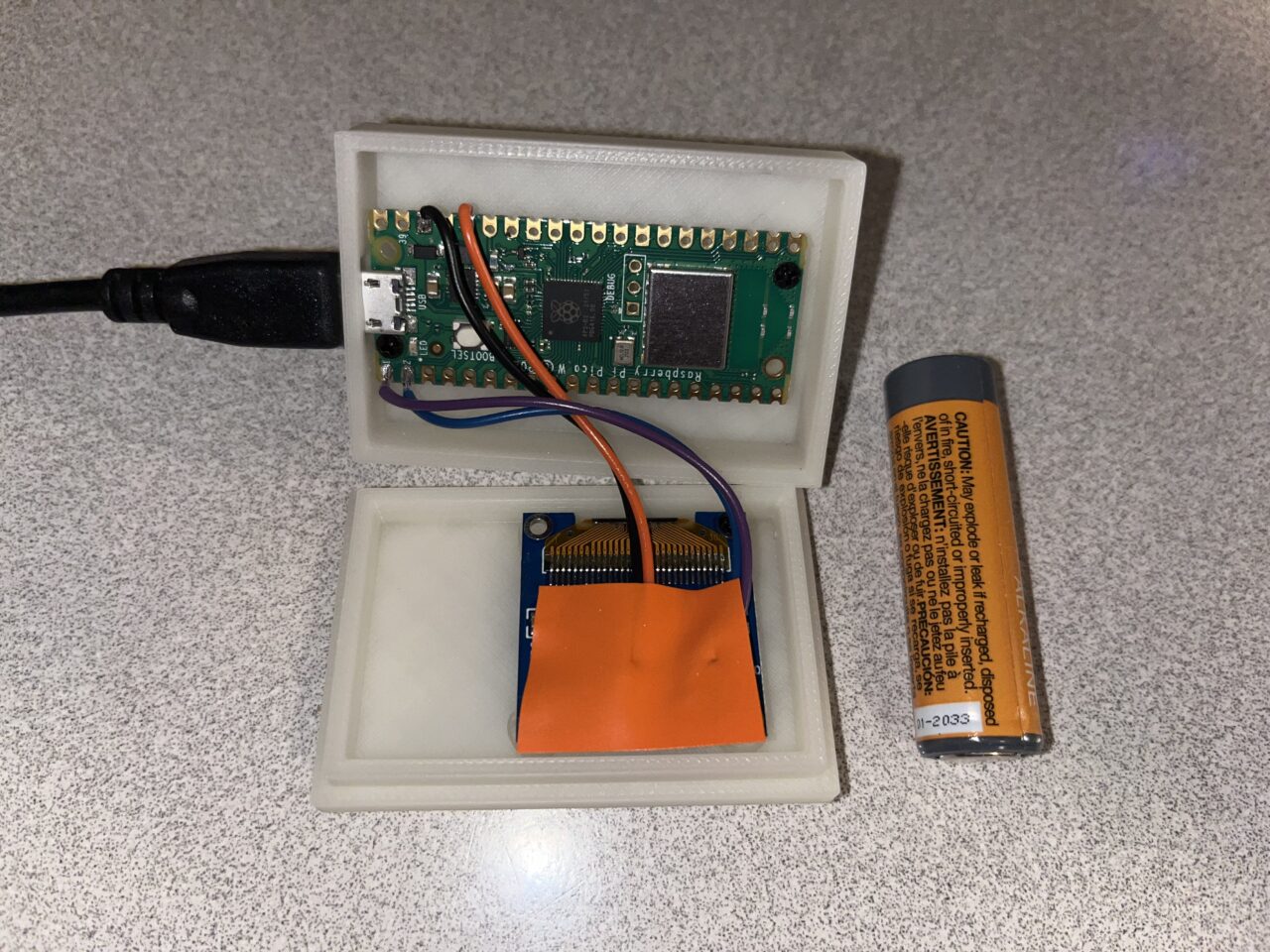
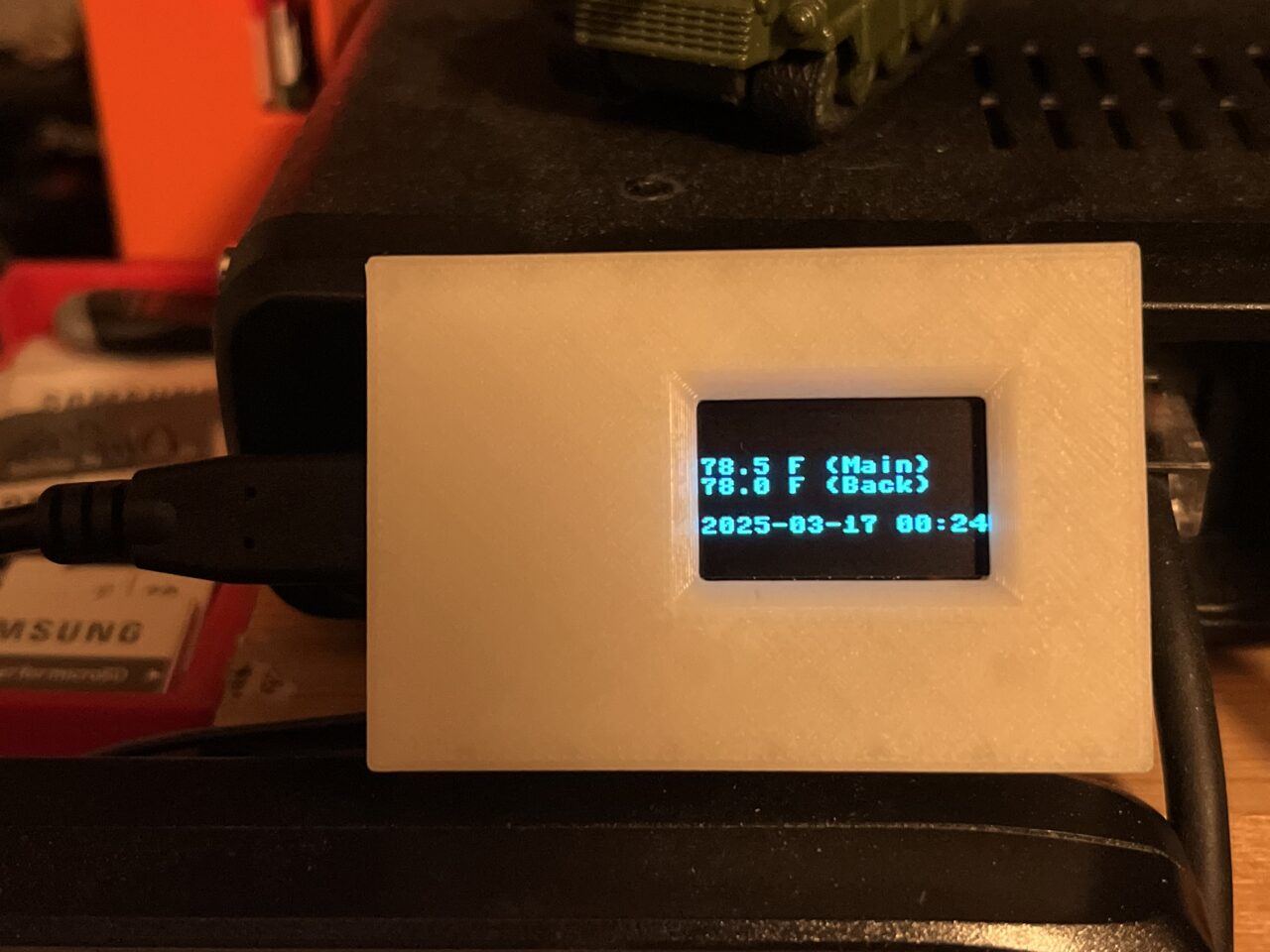
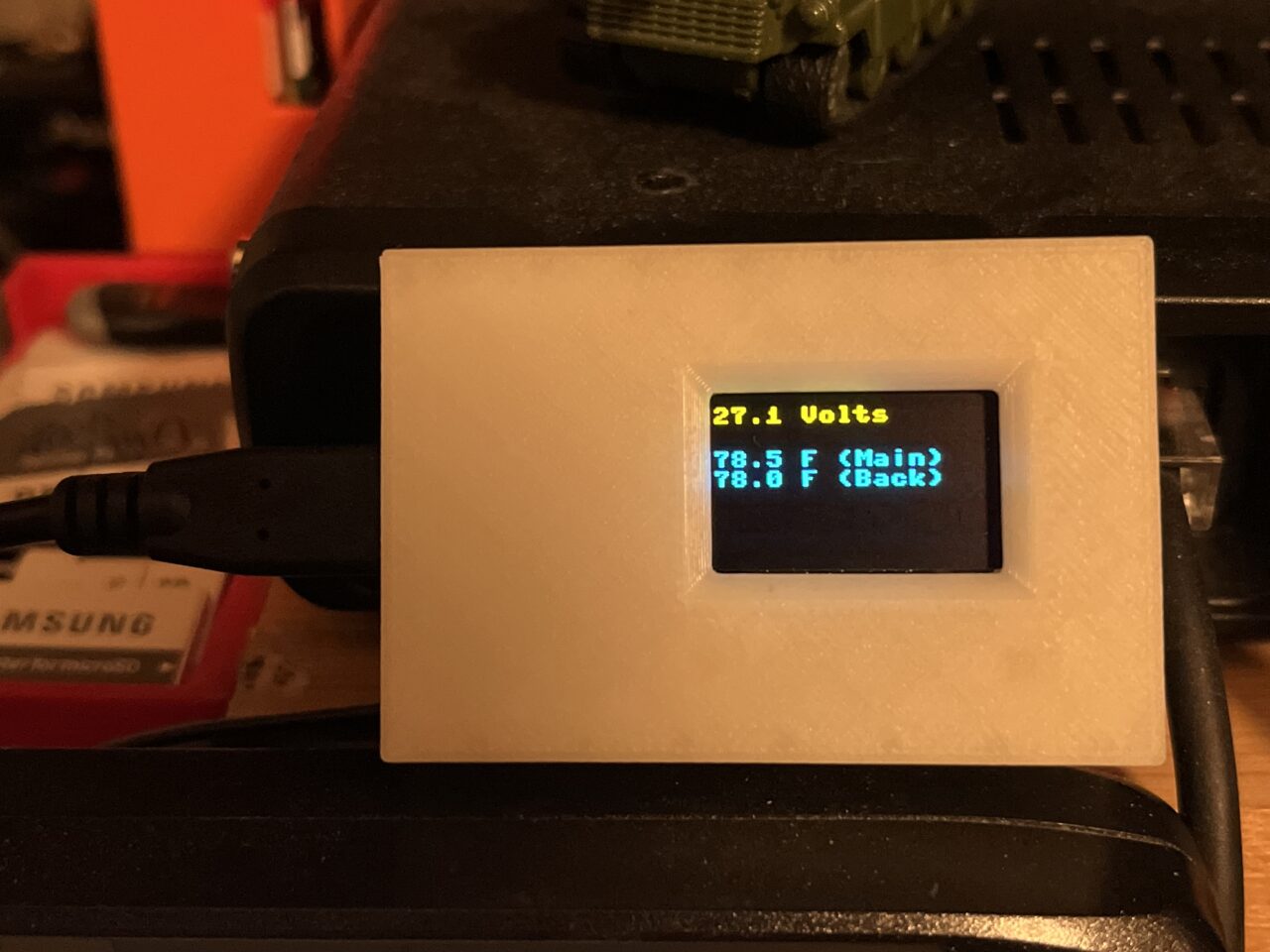
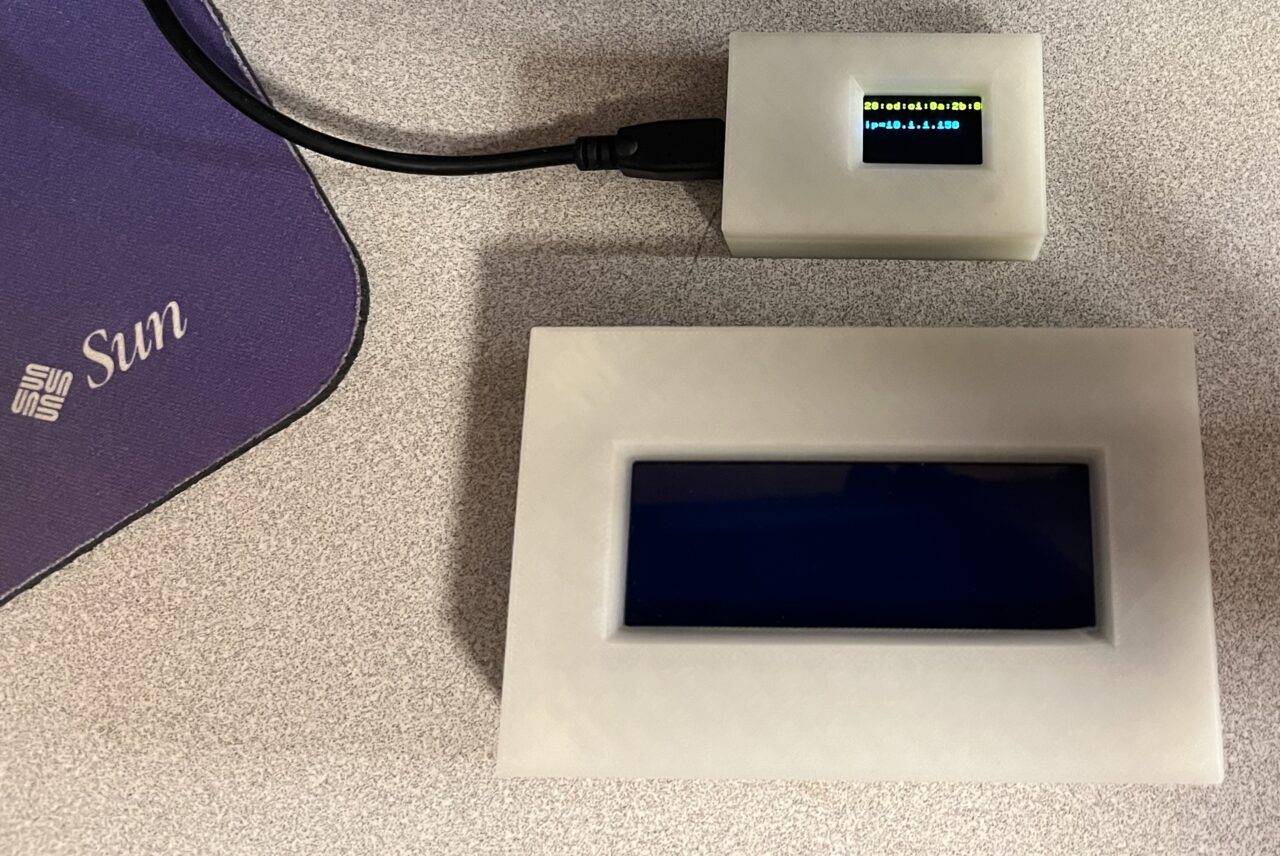
This concept can be used to monitor just about any textual data that’s available on the Internet. Is this really an IoT device? I’m not sure. IoT devices usually feature onboard sensors that provide data to a remote site, whereas this is a display for remotely accessible devices.
To complete my collection of displays with attached microcontrollers/SBCs, I built an adapter board for the Raspberry Pi PicoW/Pico 2W and modified the housing to provide an opening for the microUSB connector.
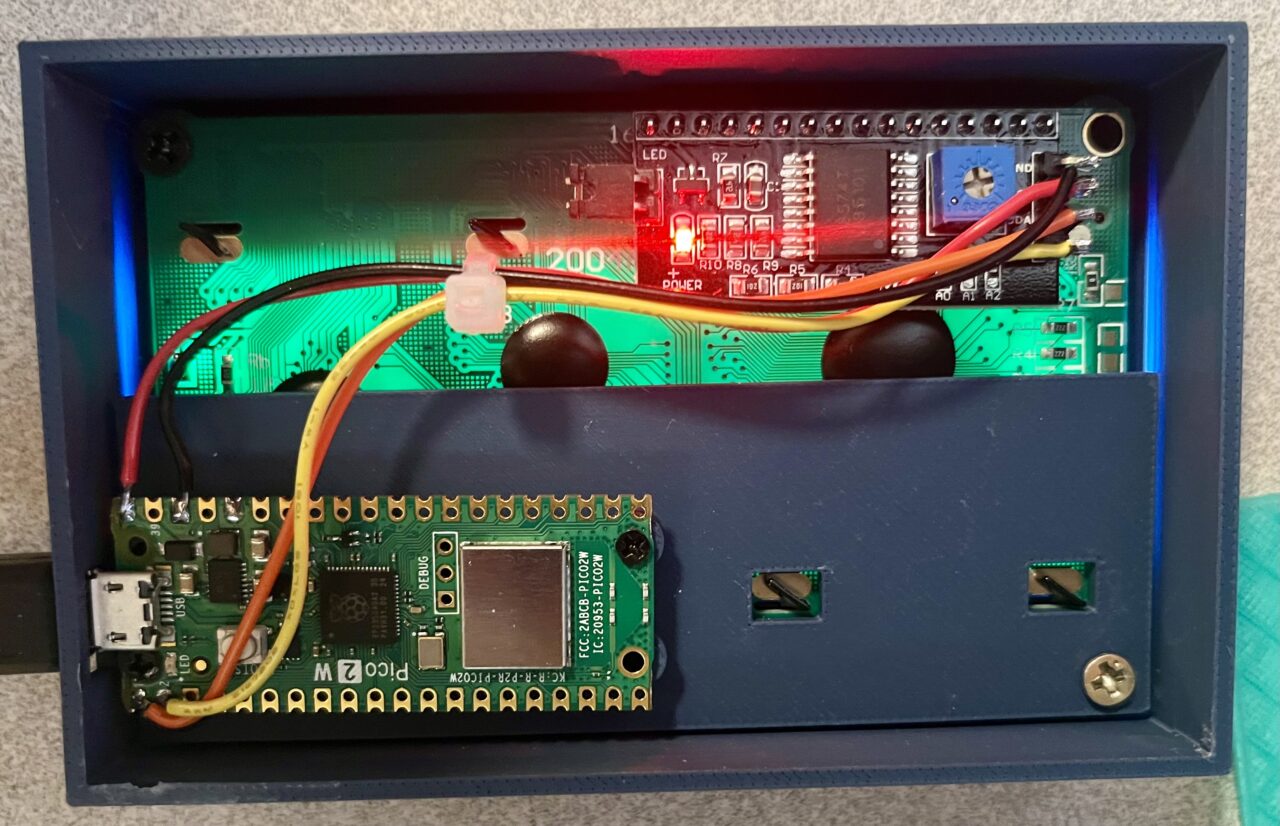
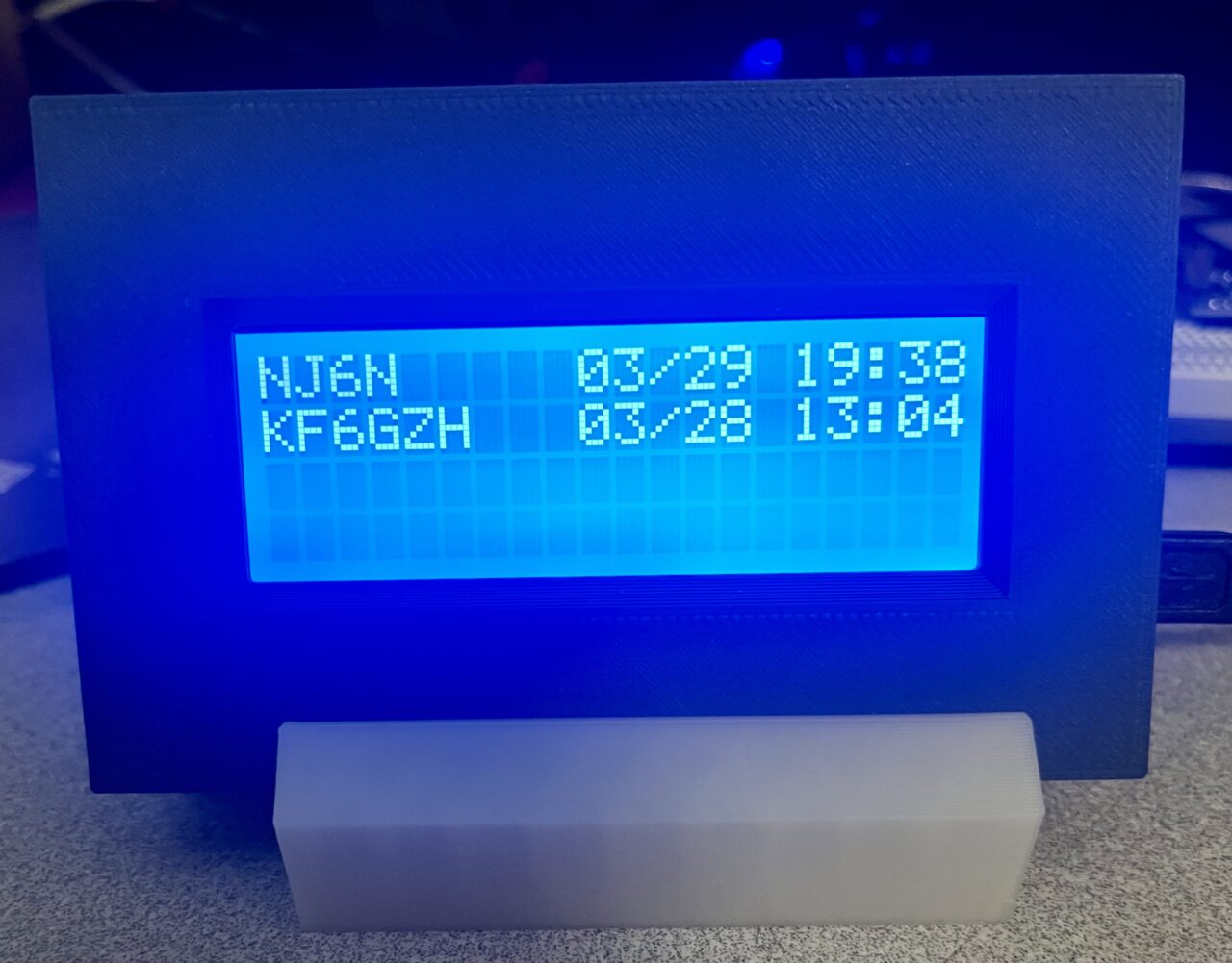
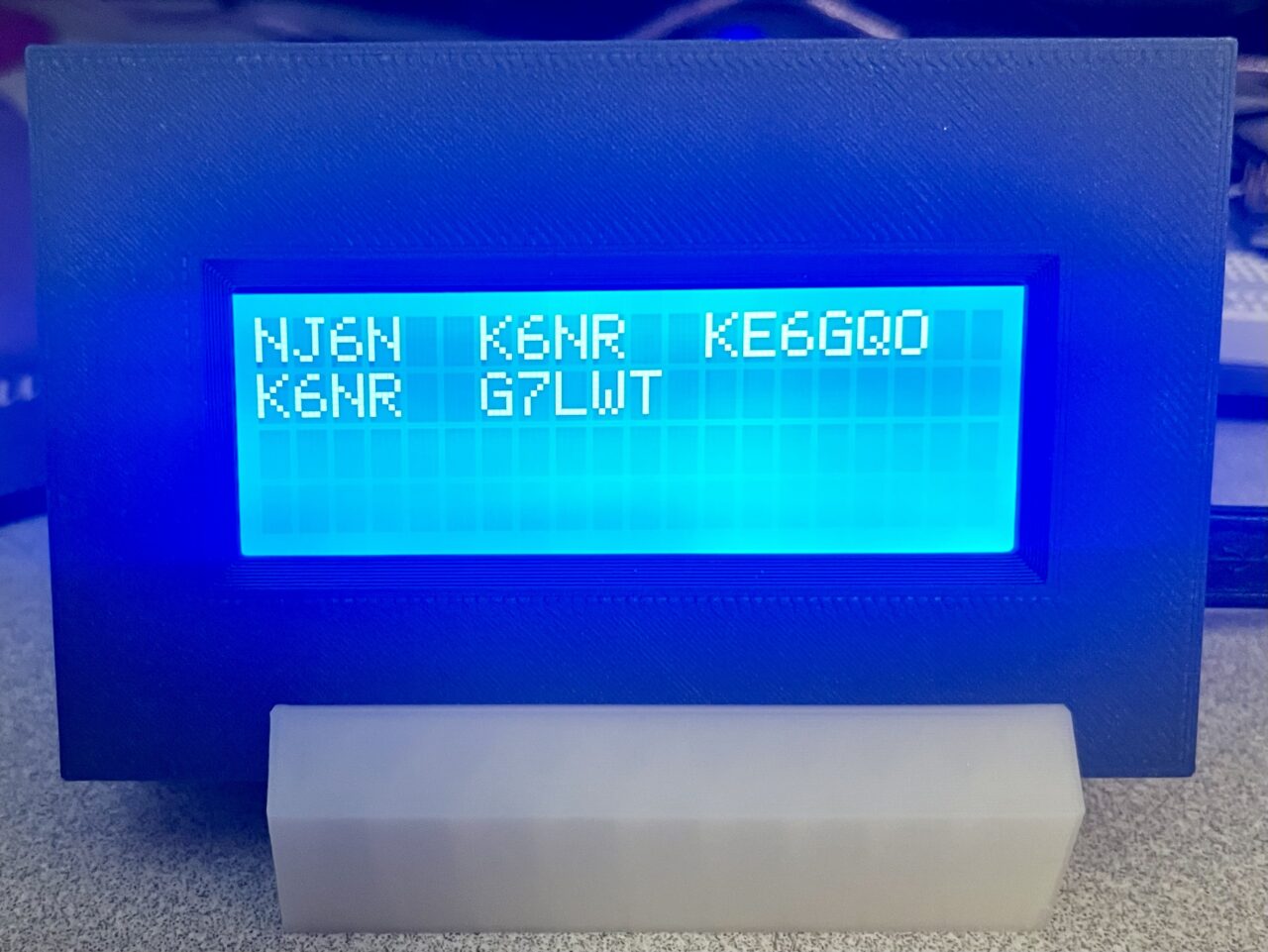
I had to export custom content from the D-STAR reflector I manage to provide data to the new display. Having only 20×4 characters is very limiting!
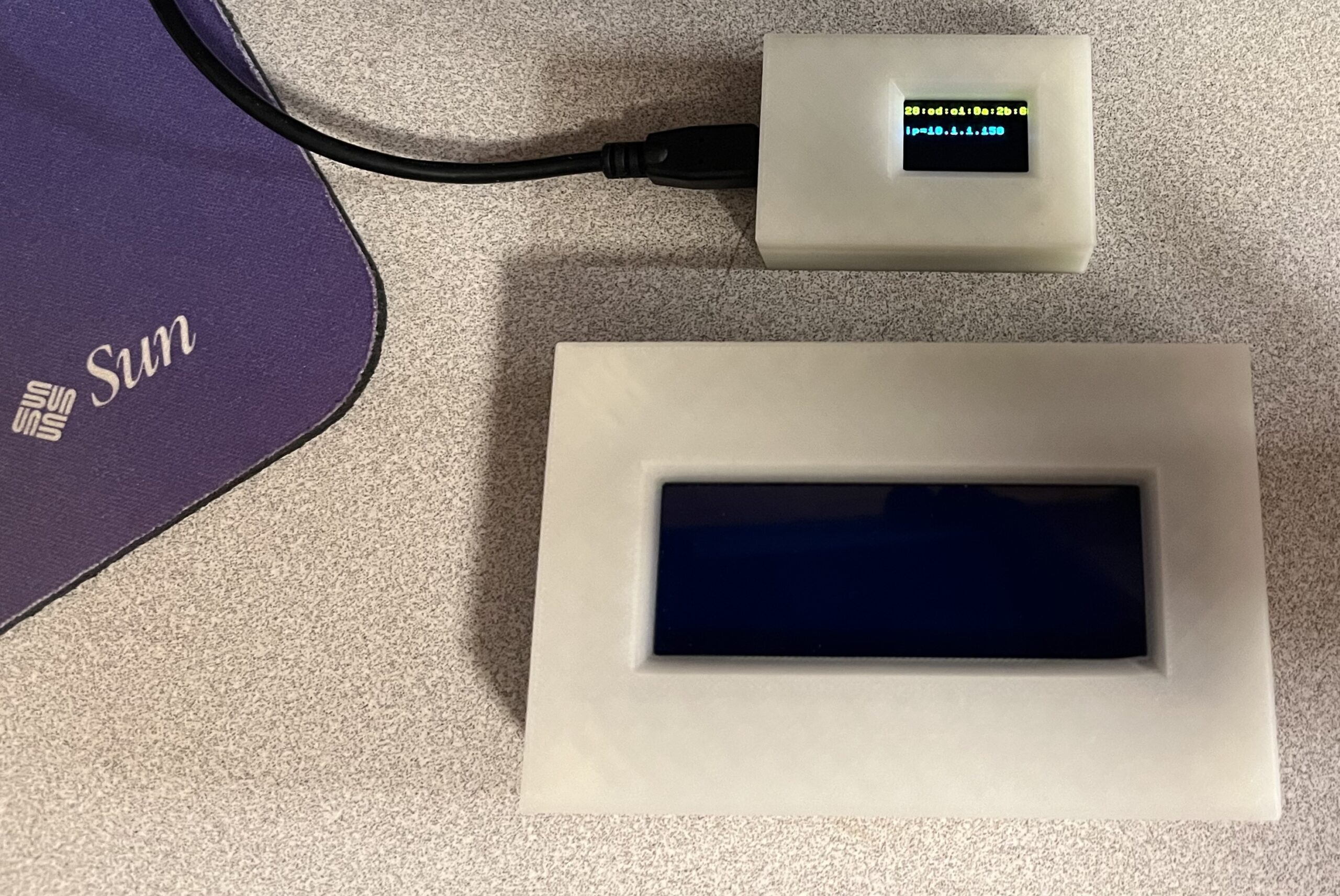
Leave a Reply